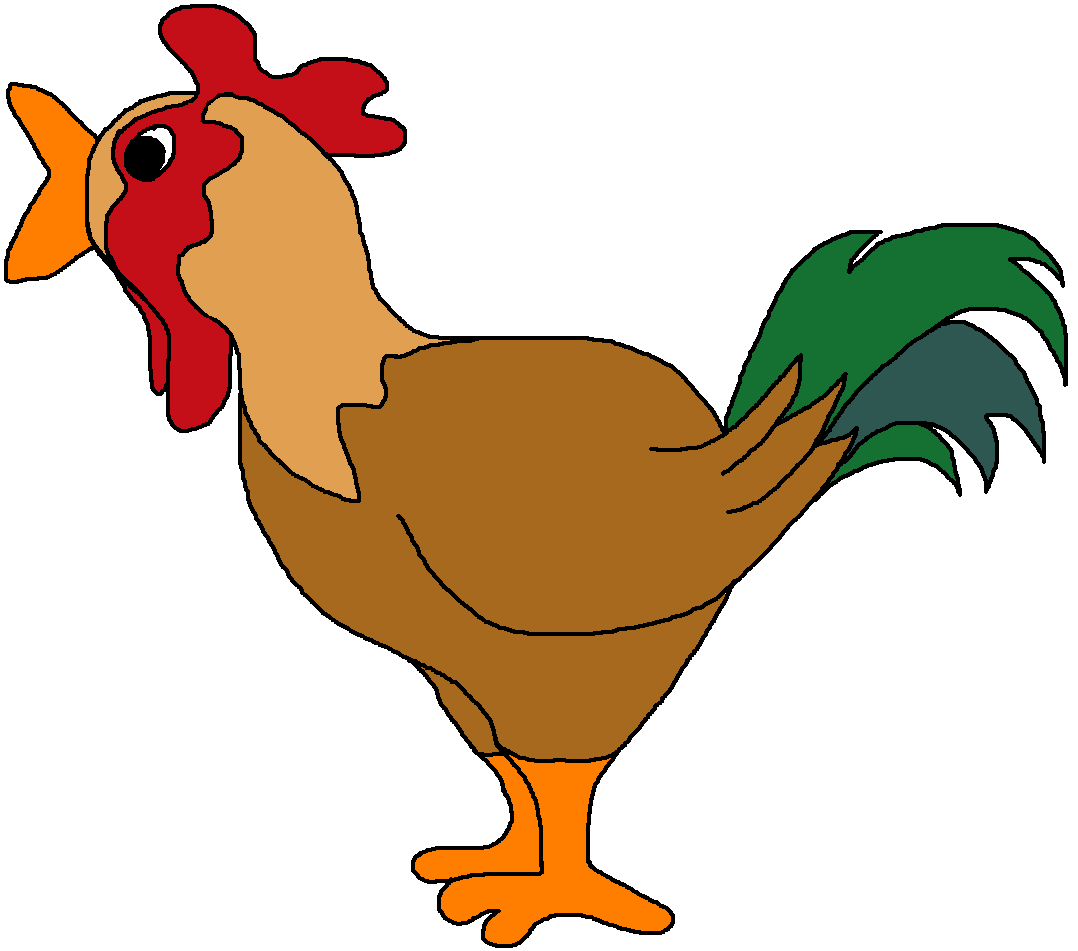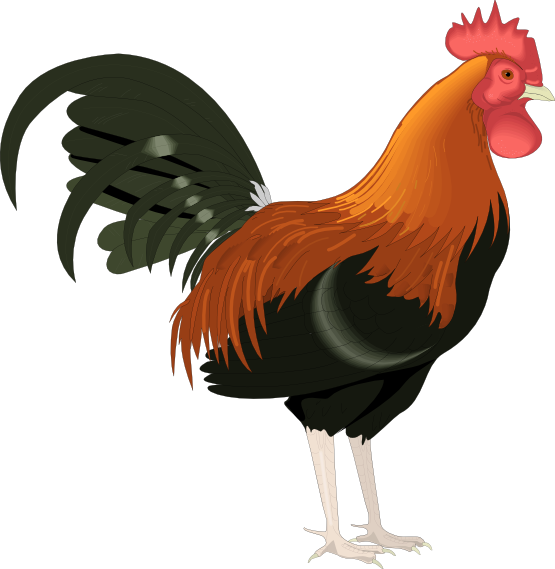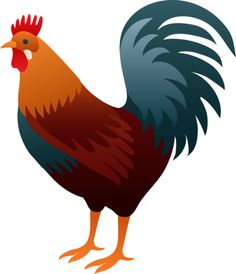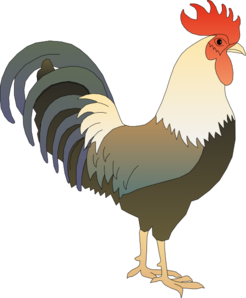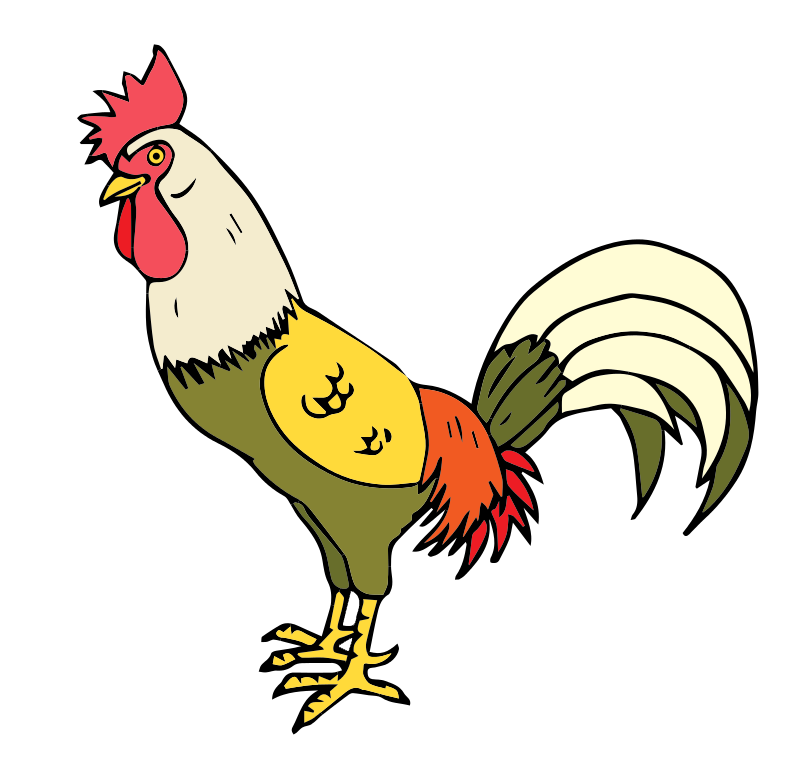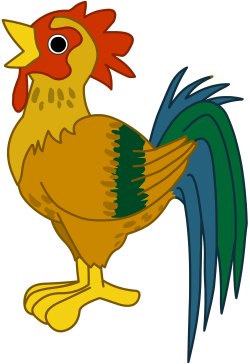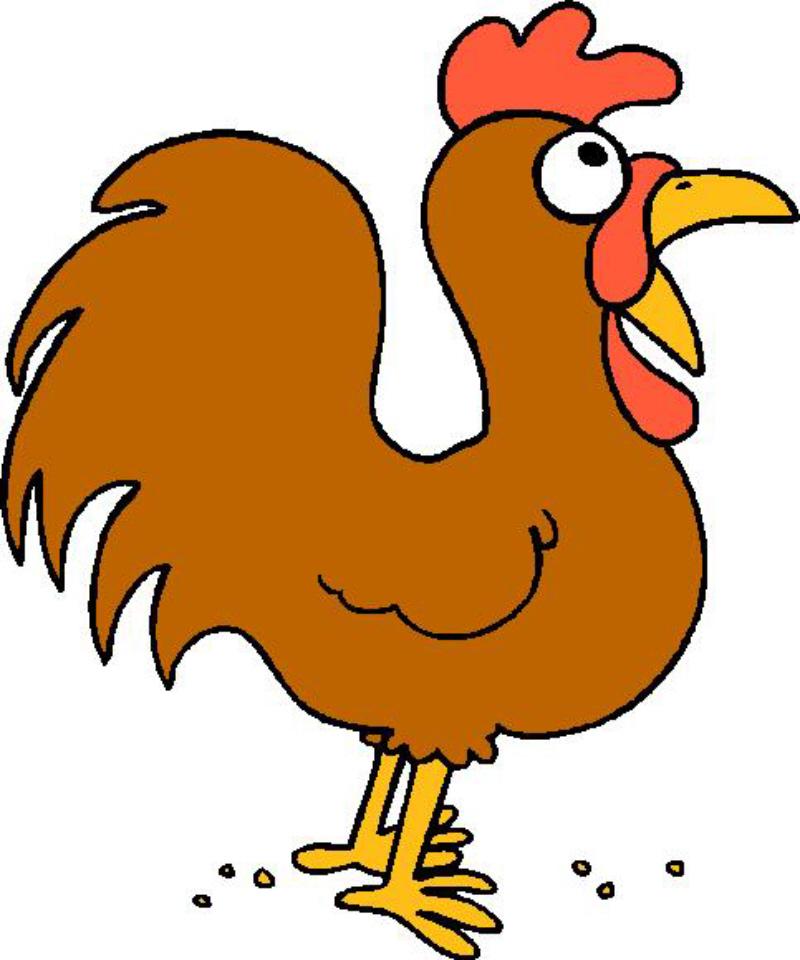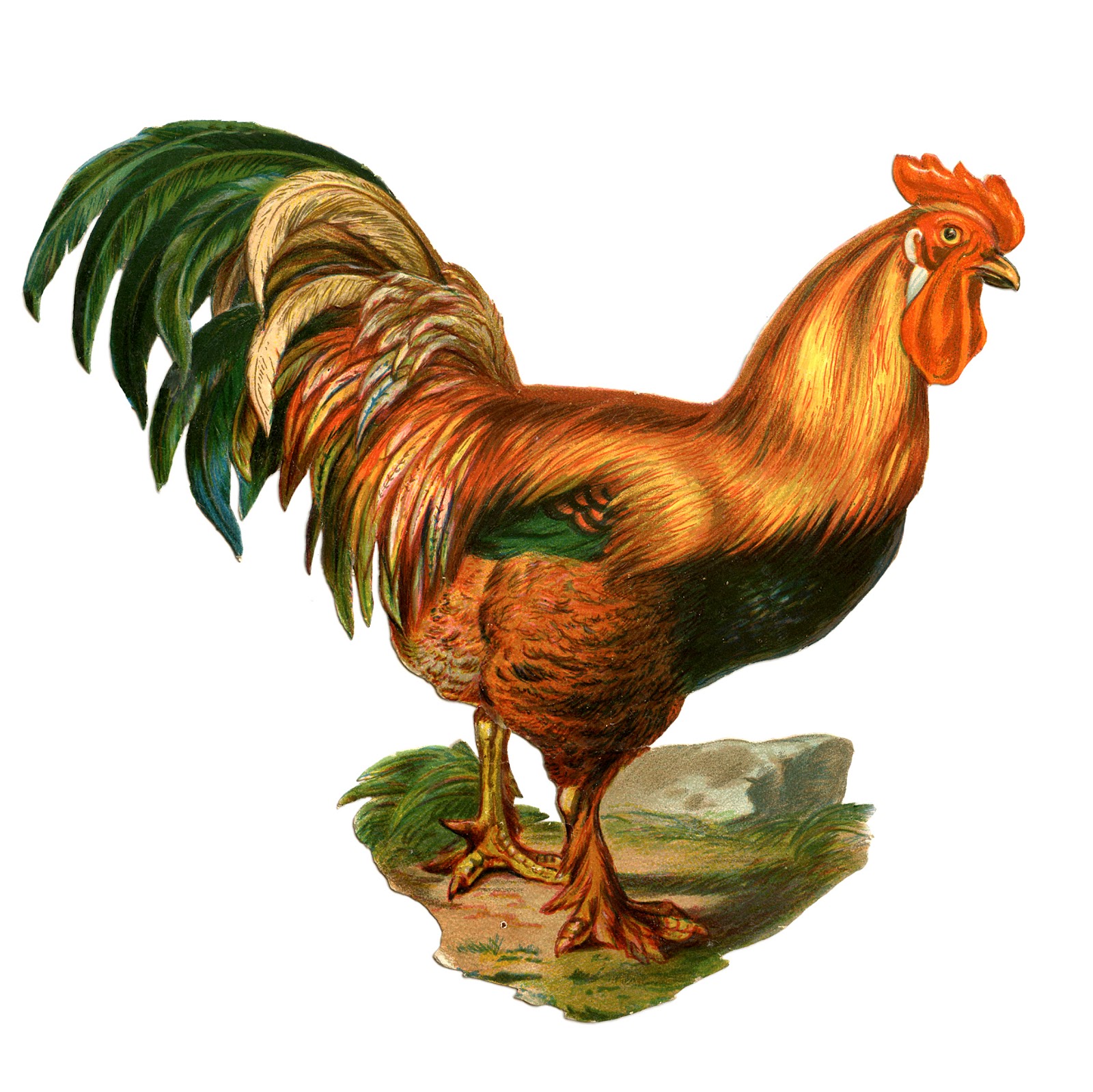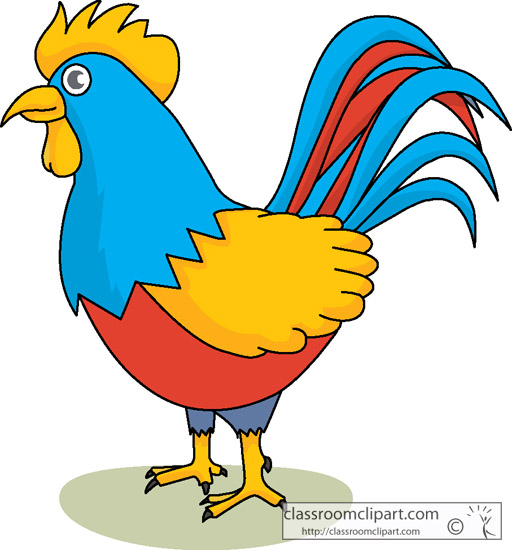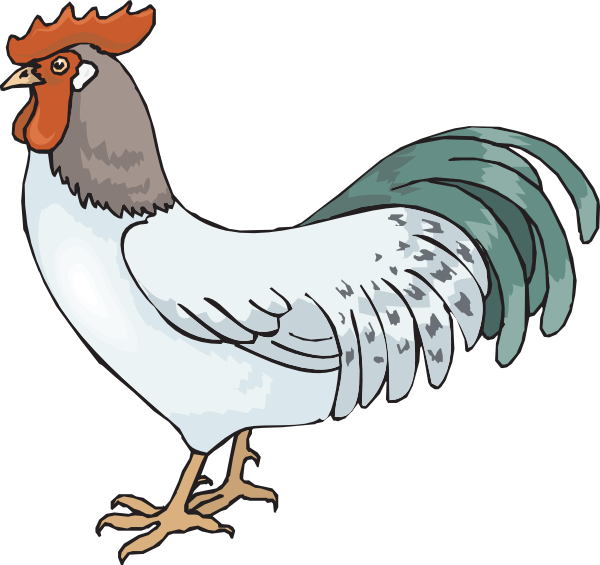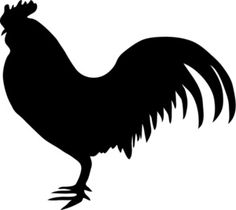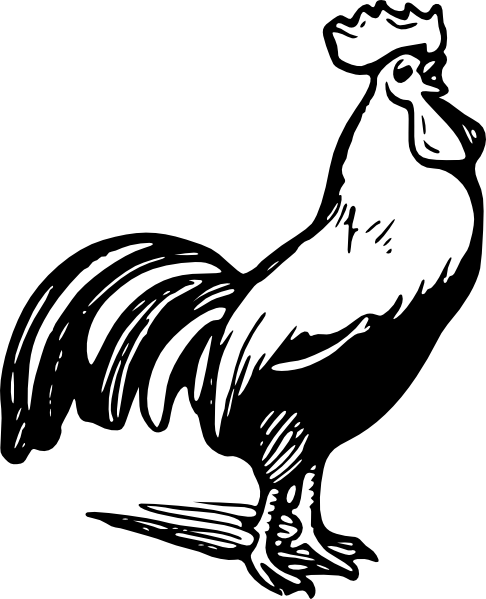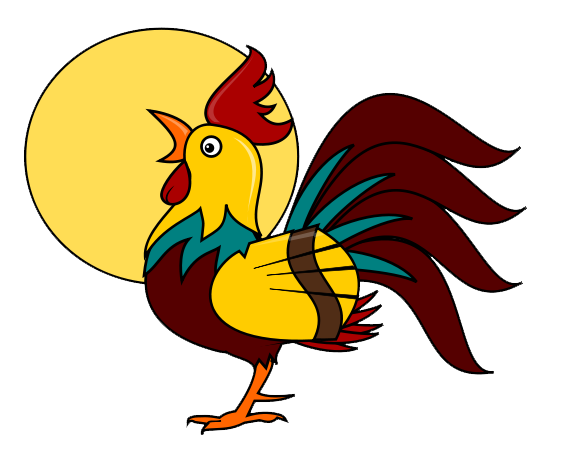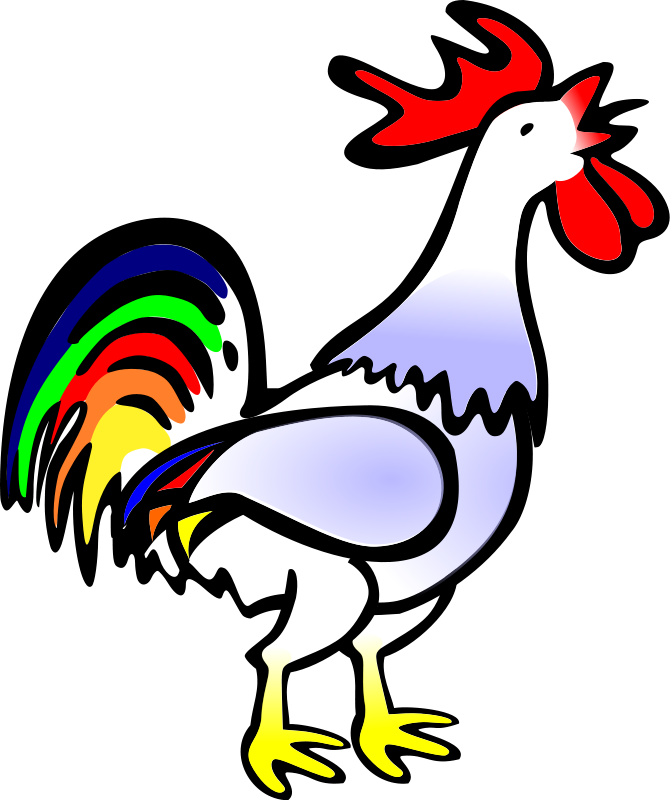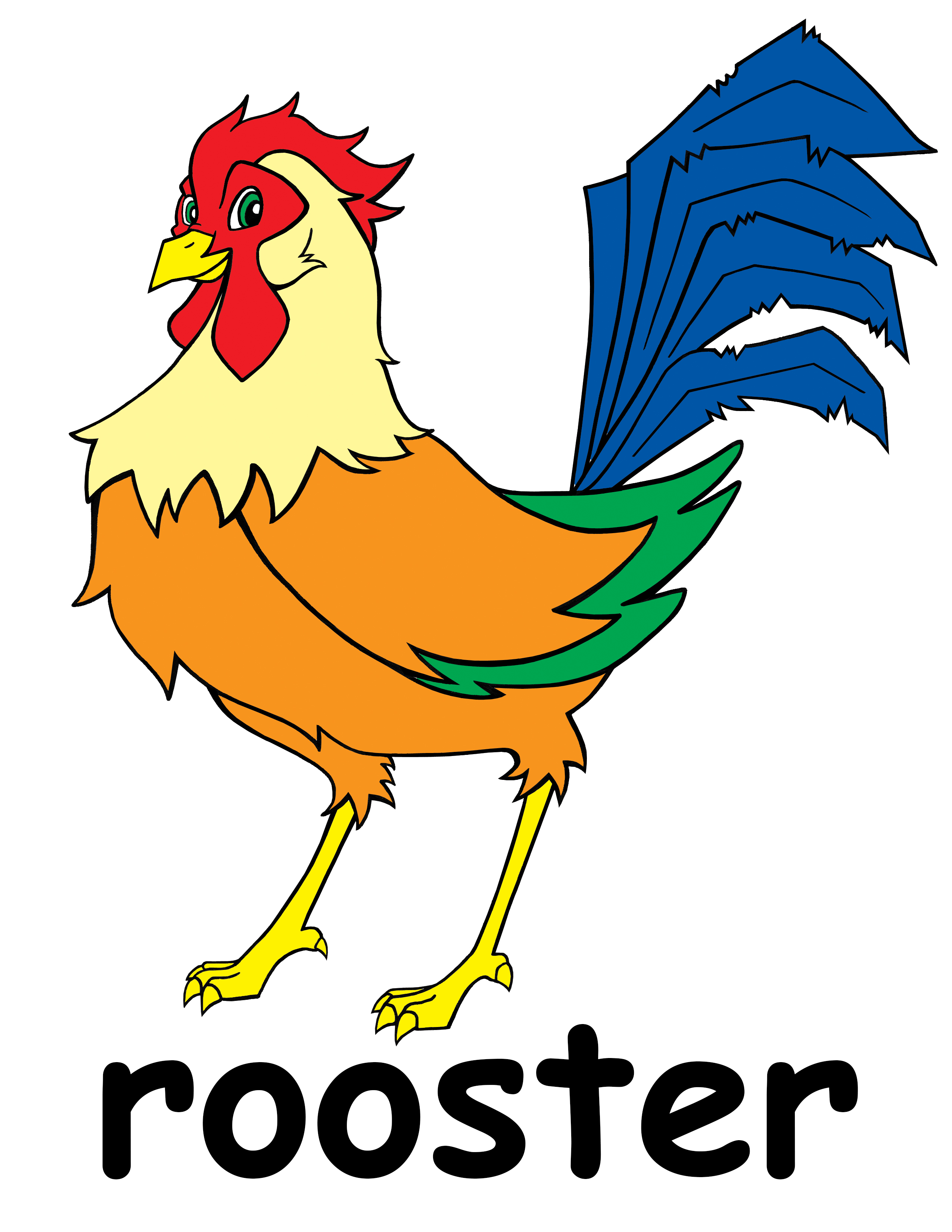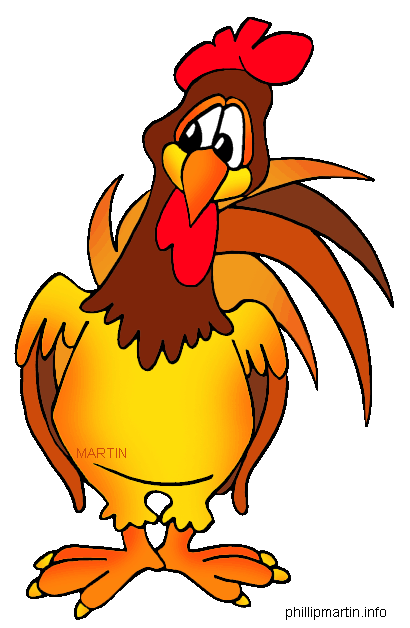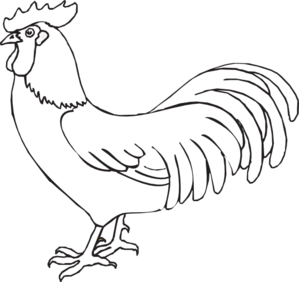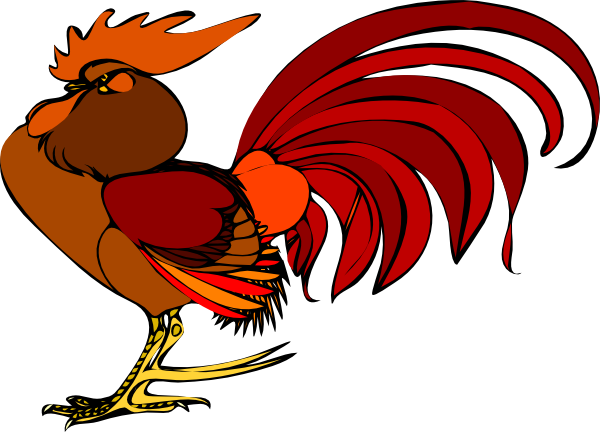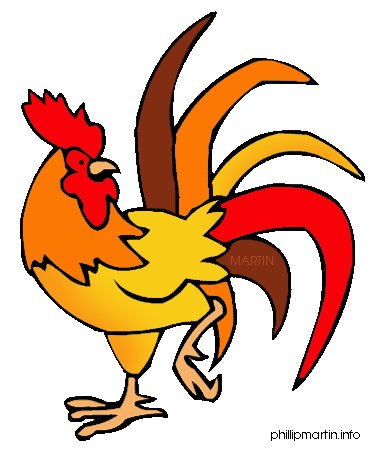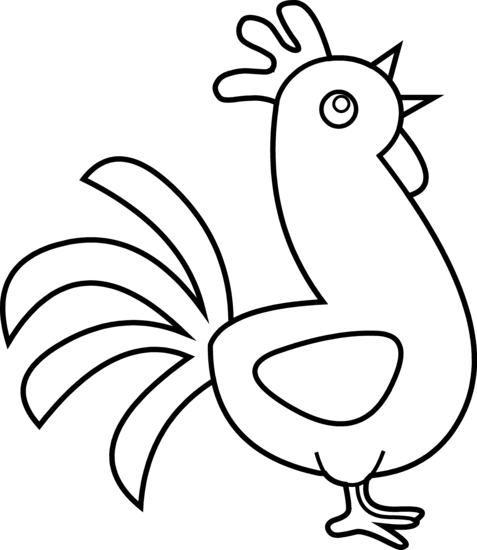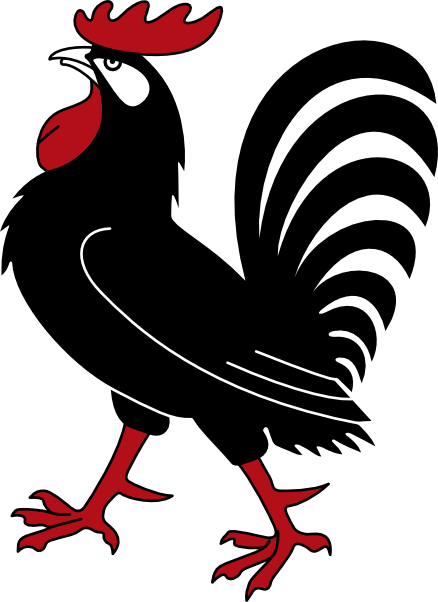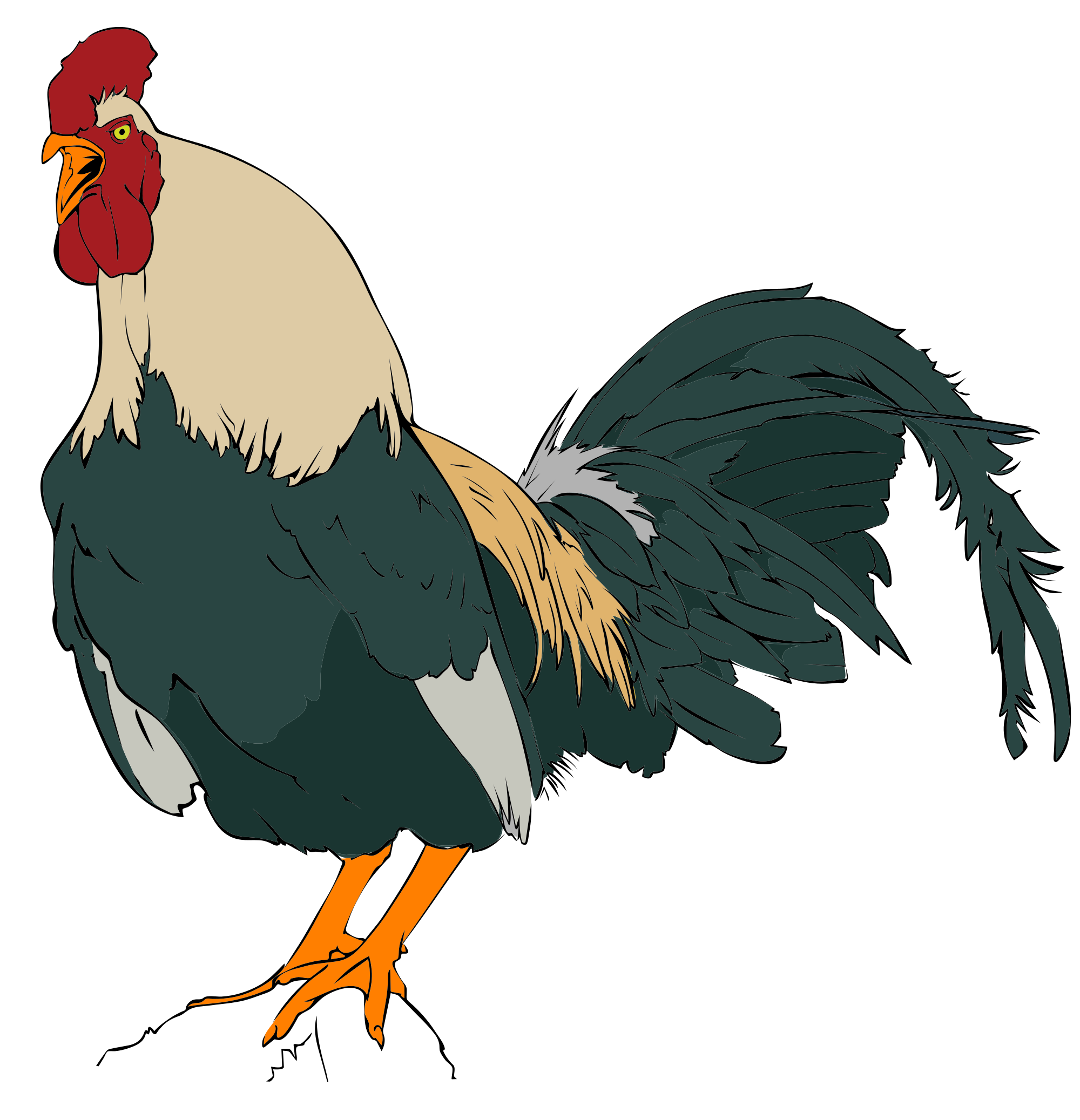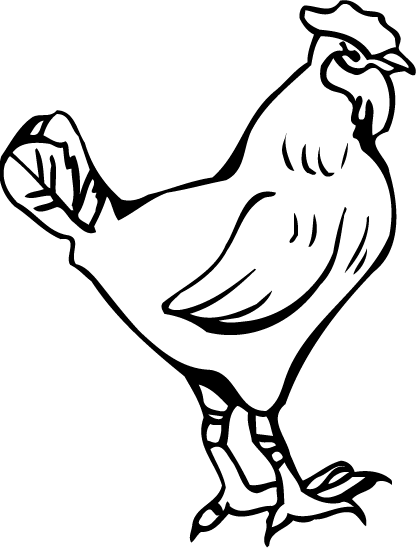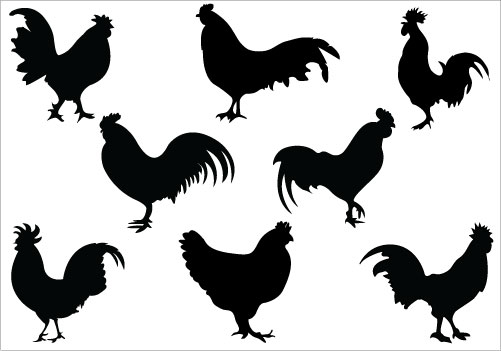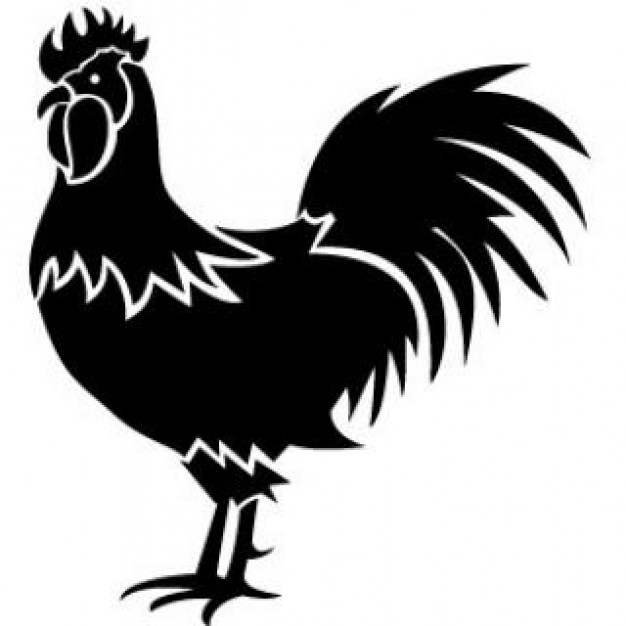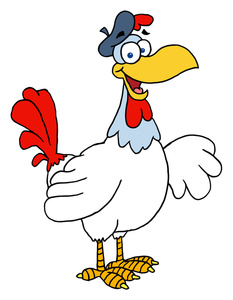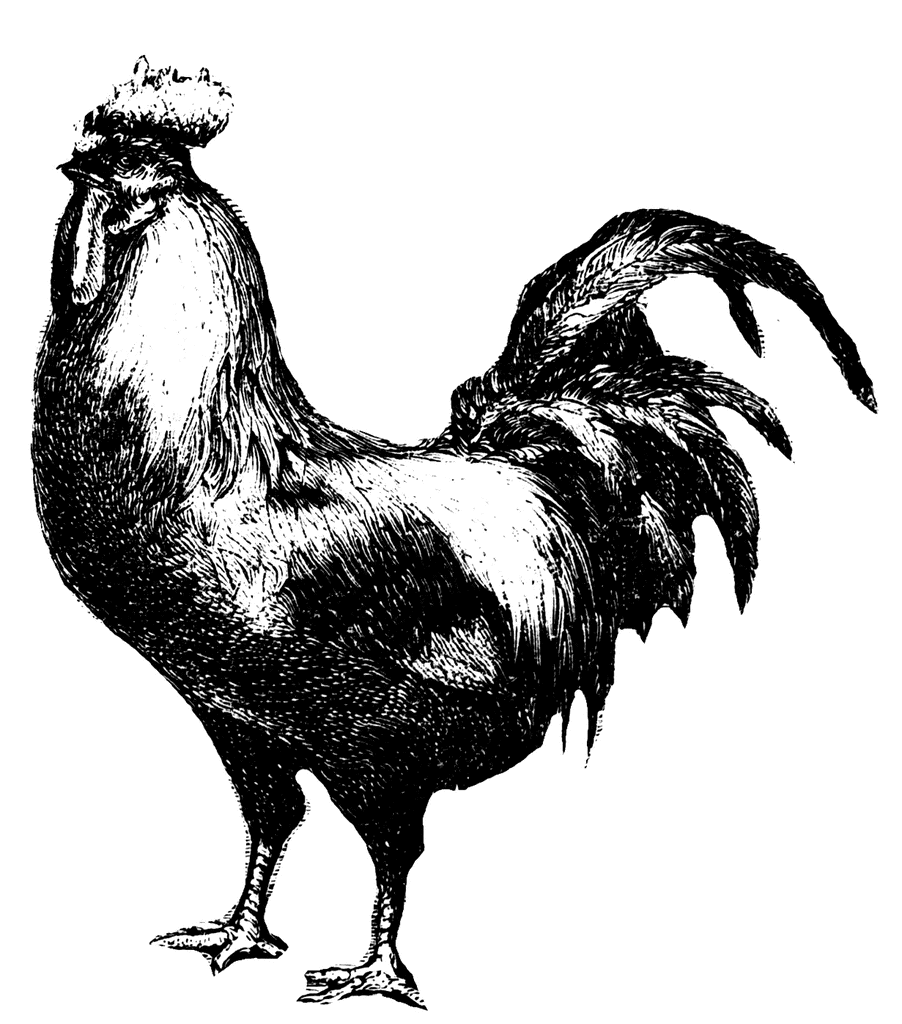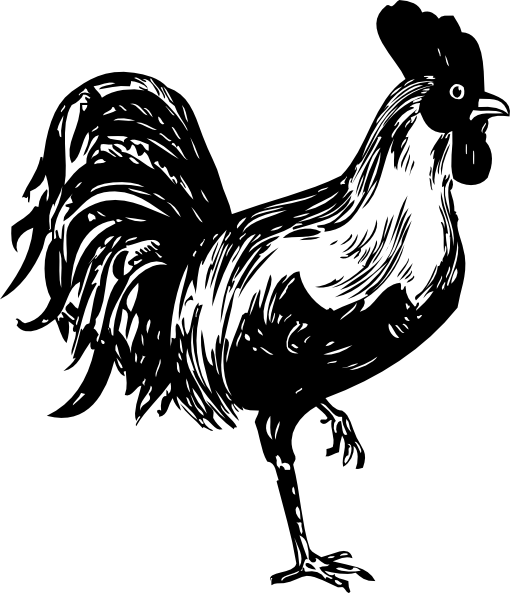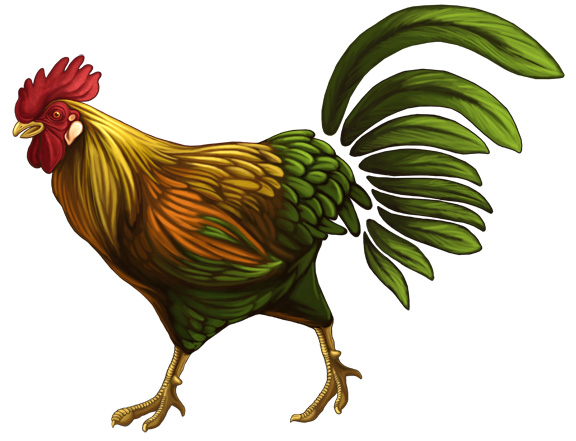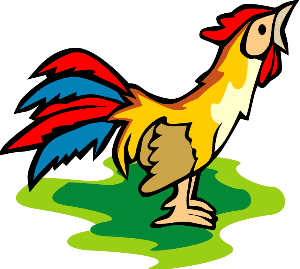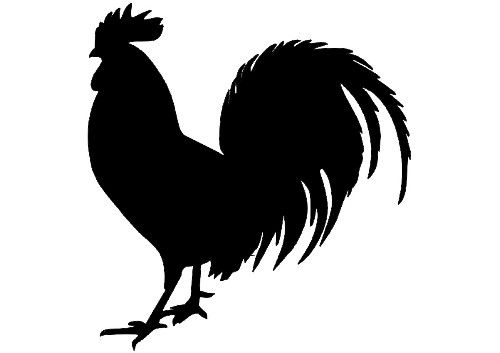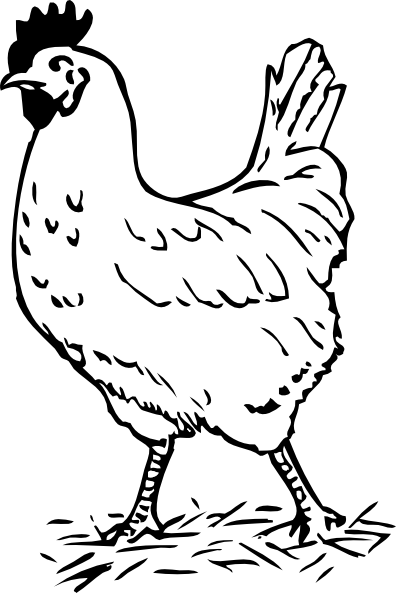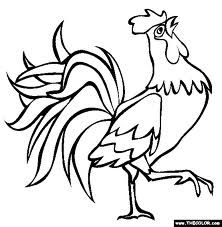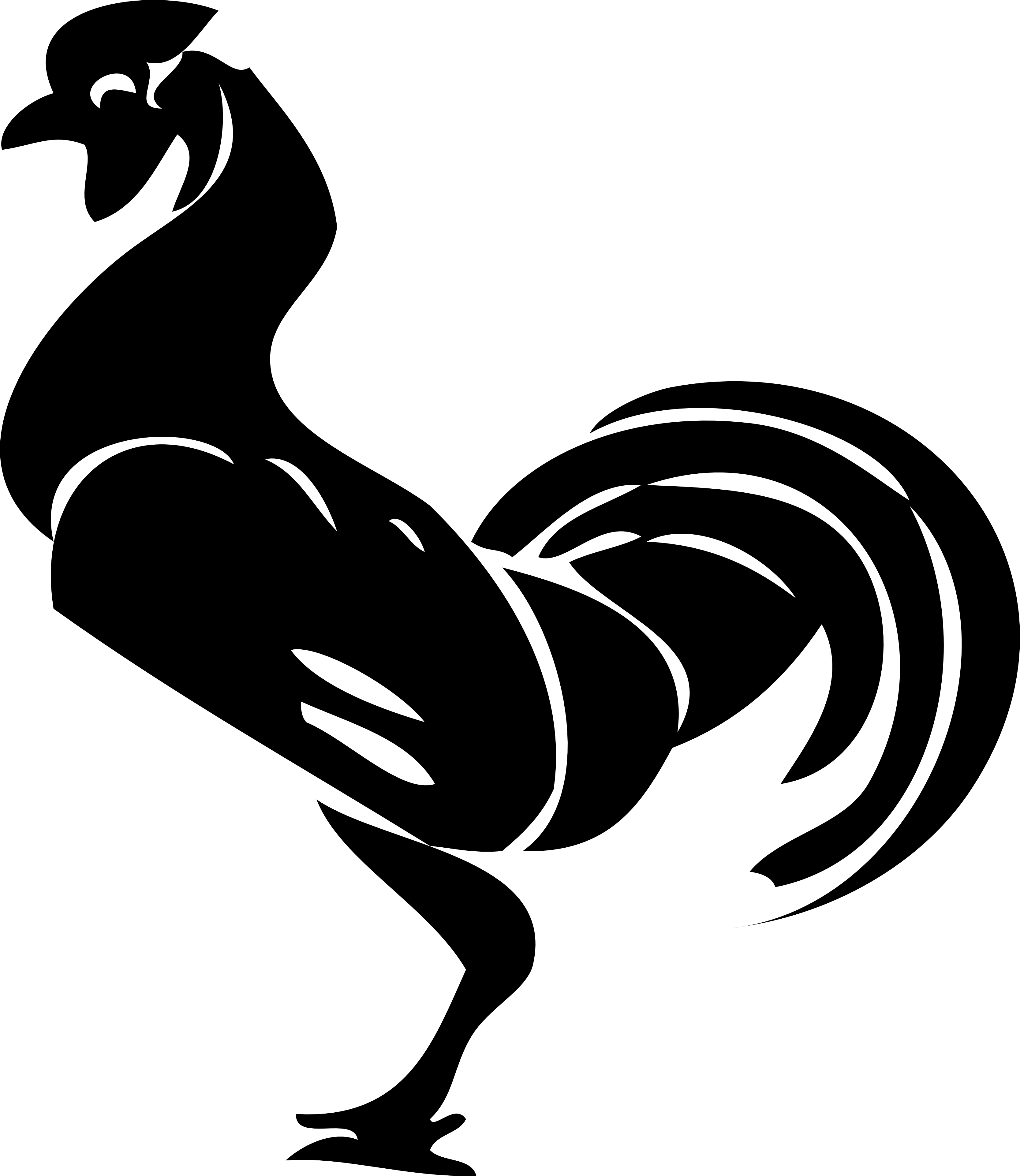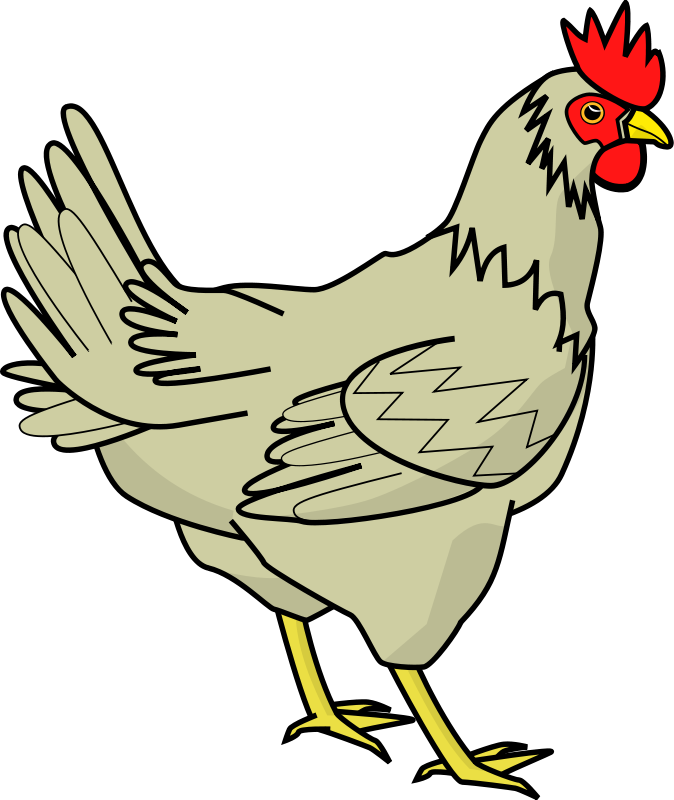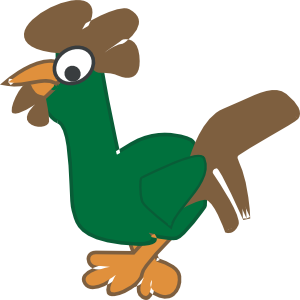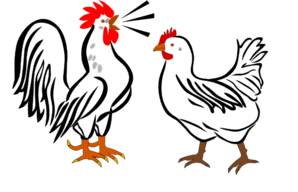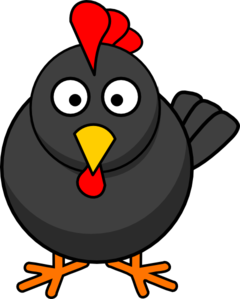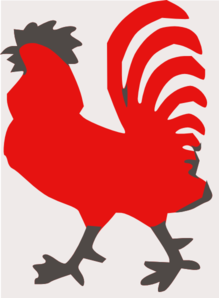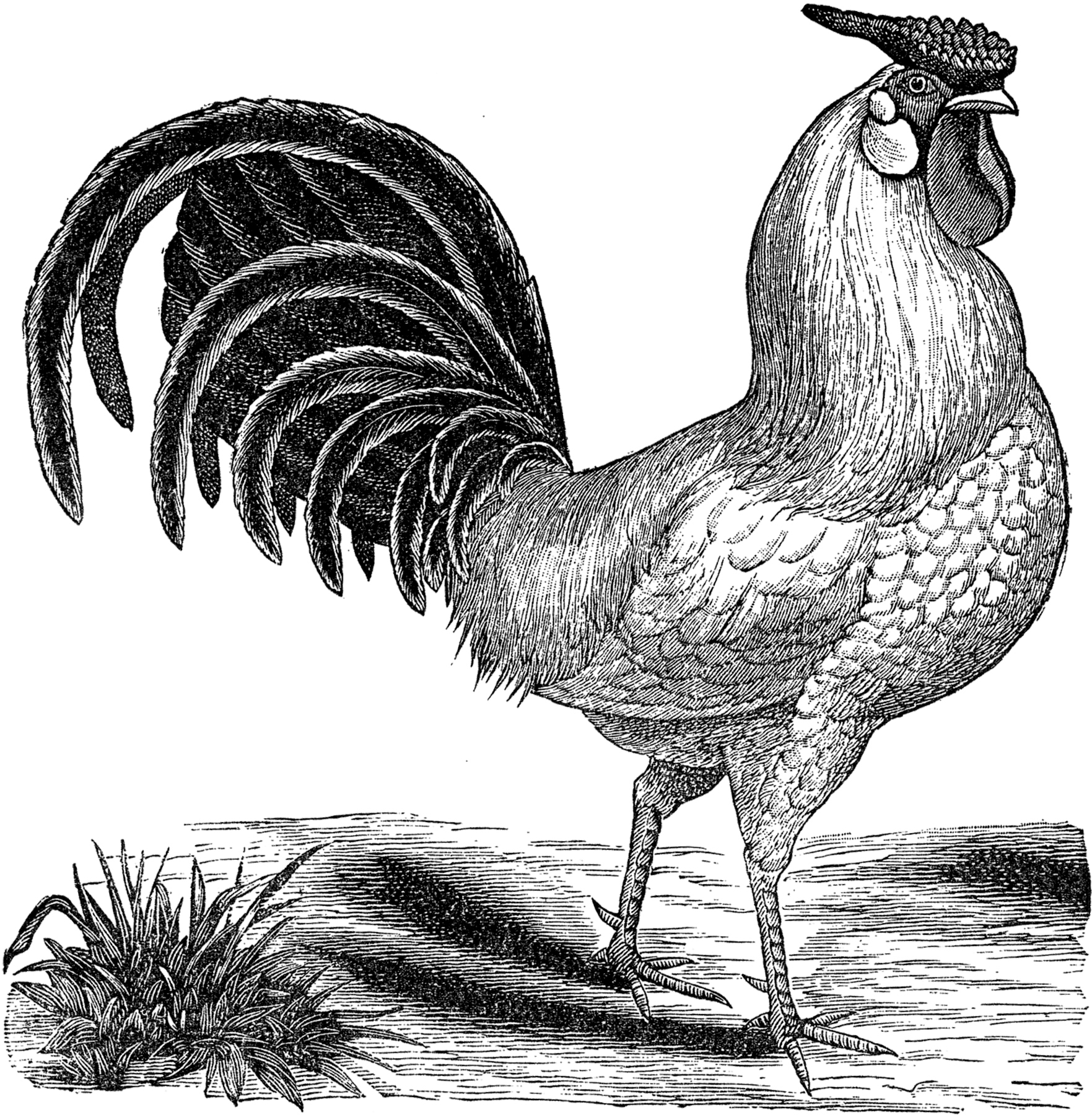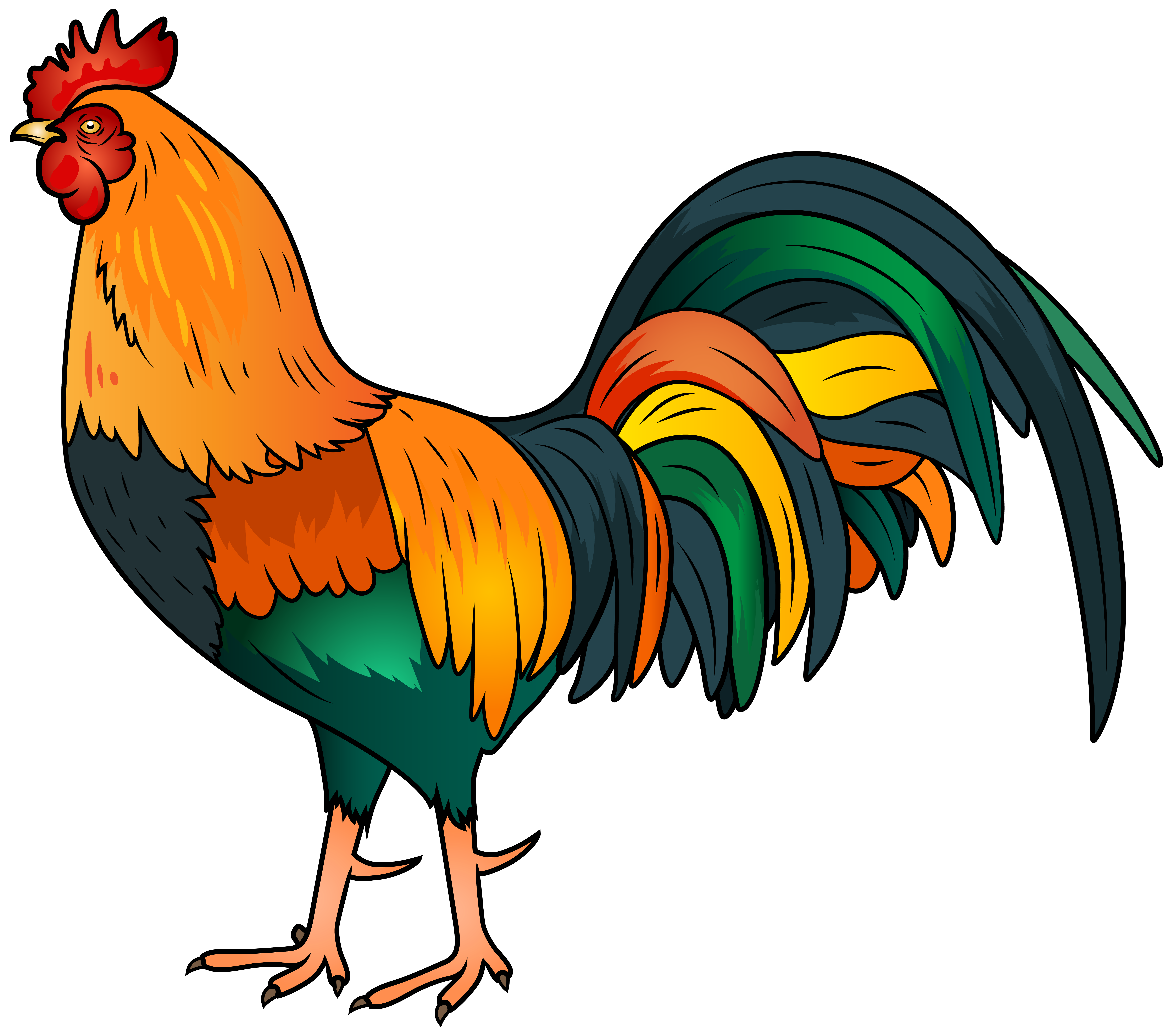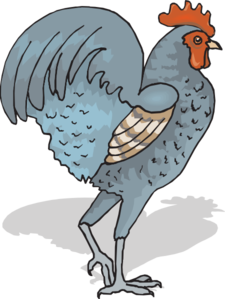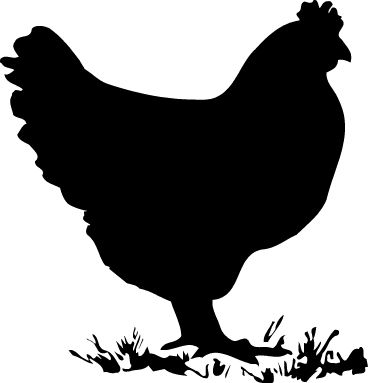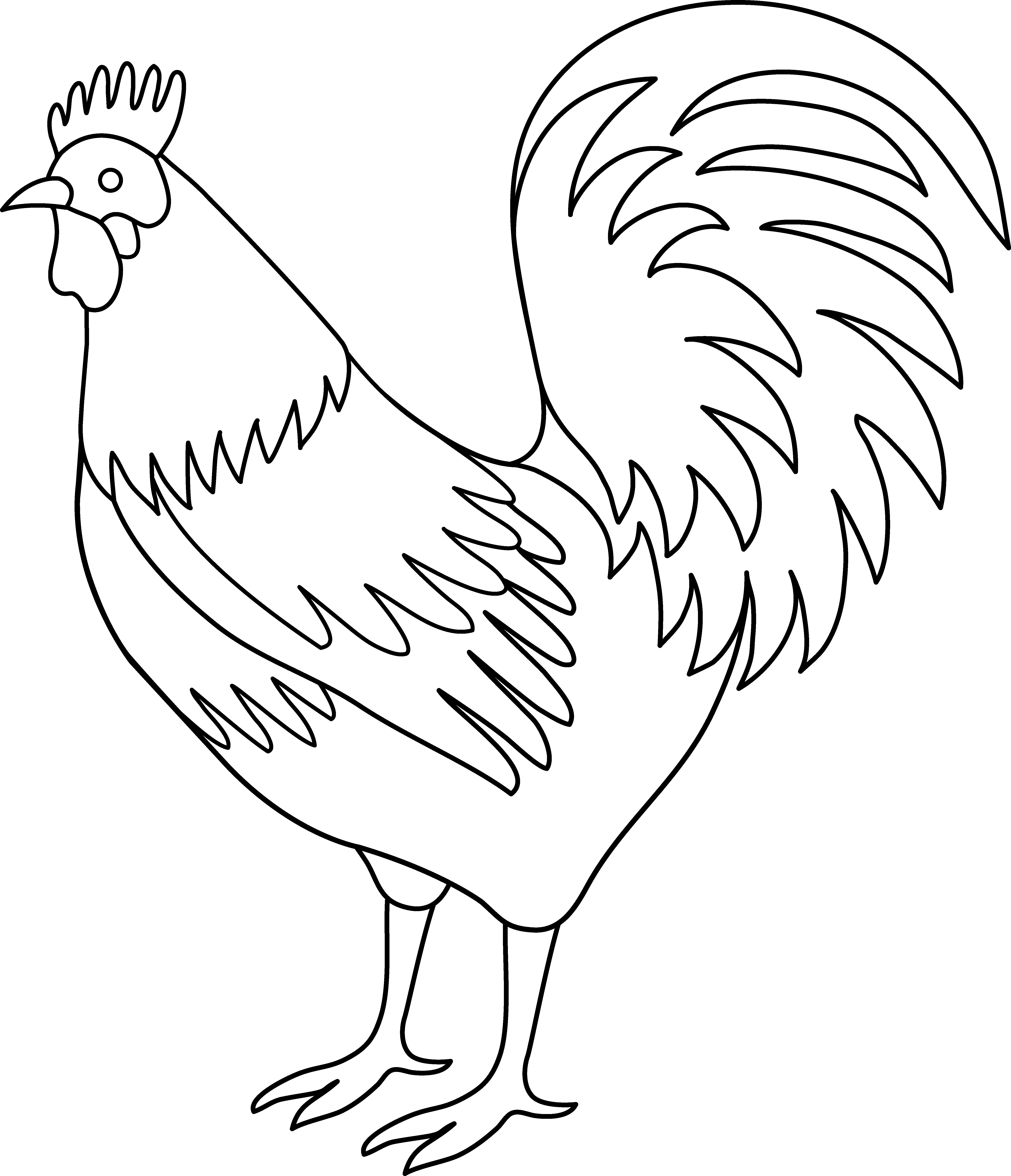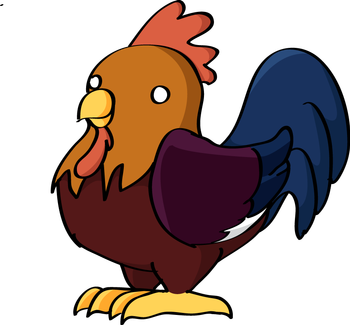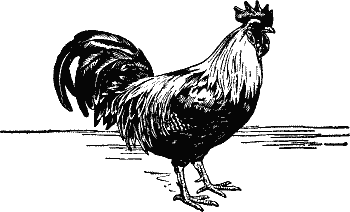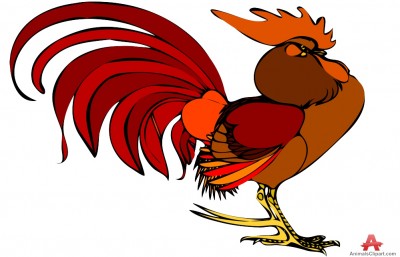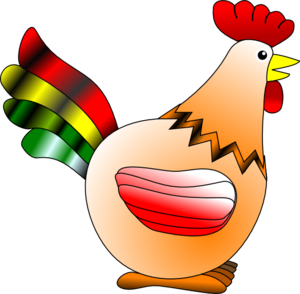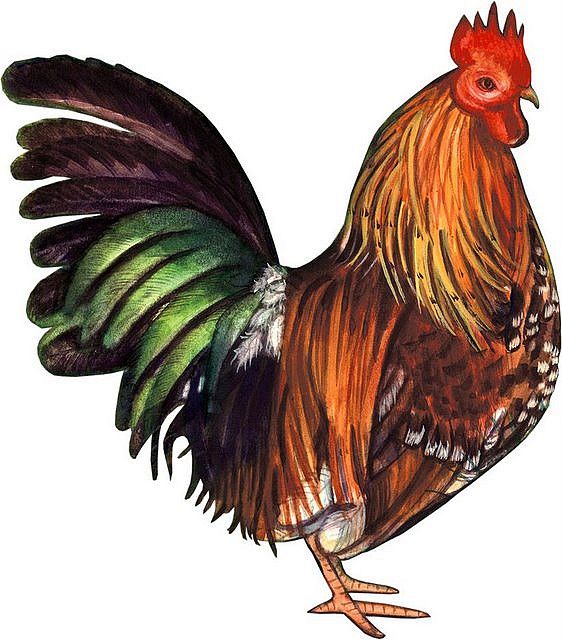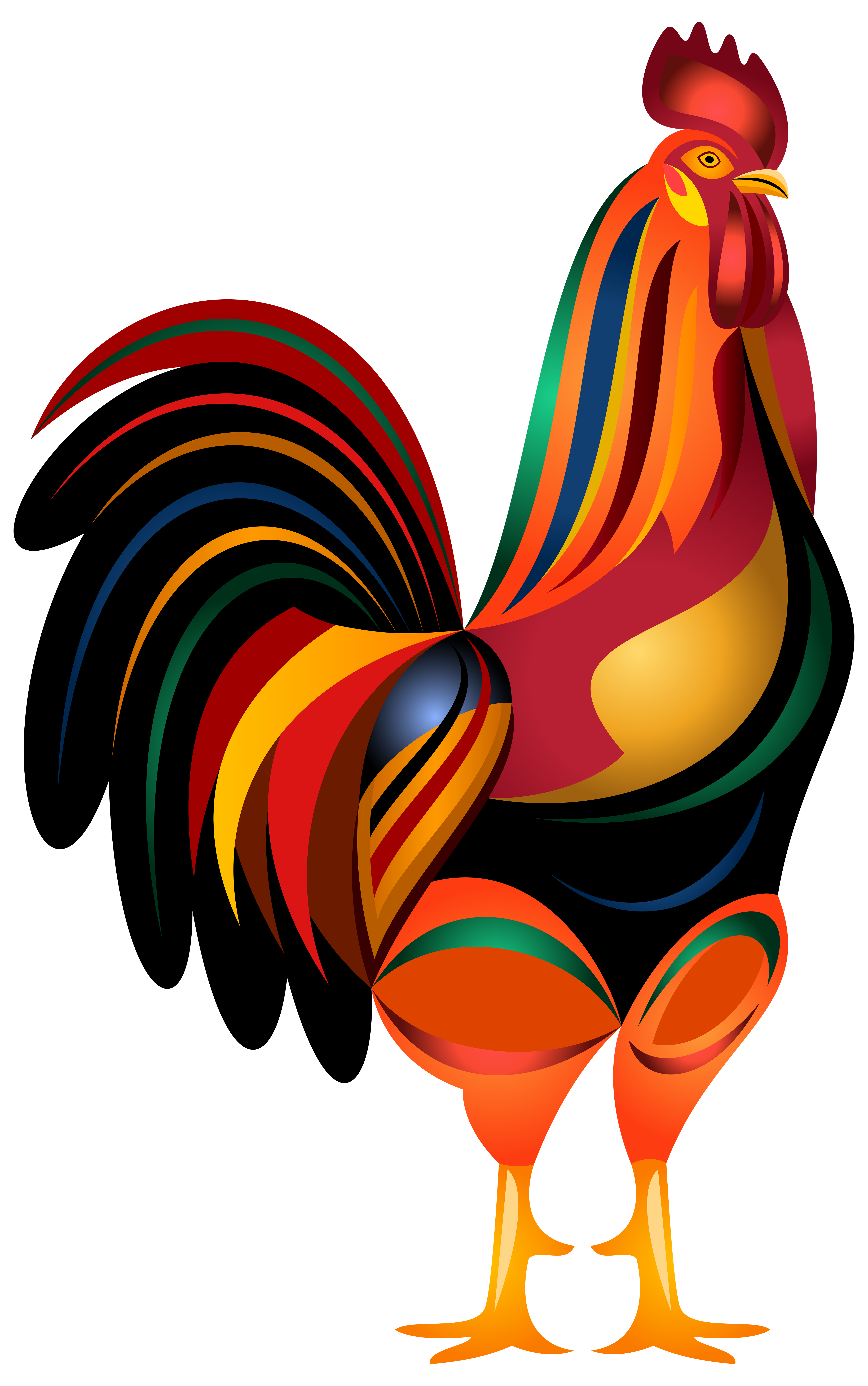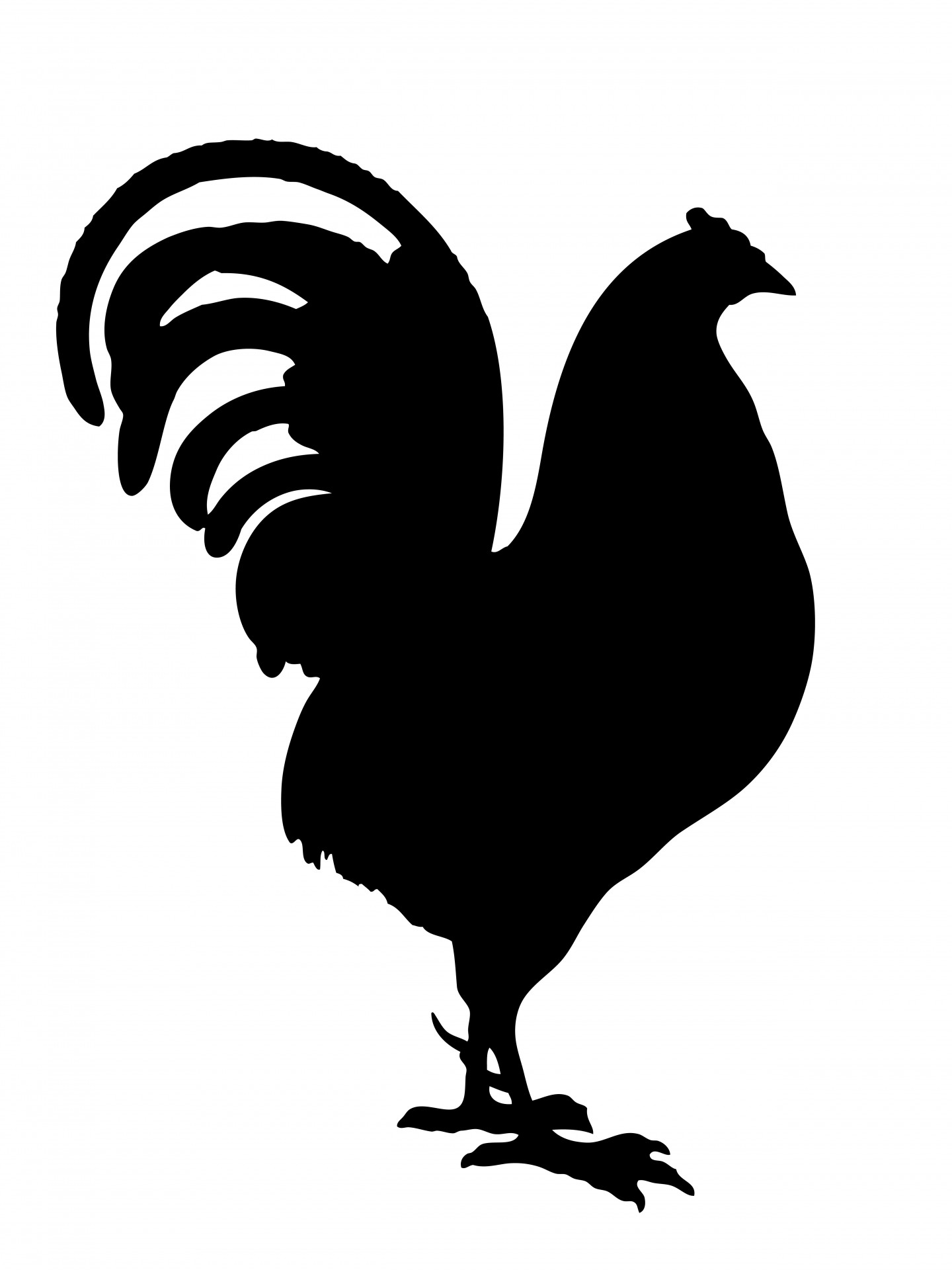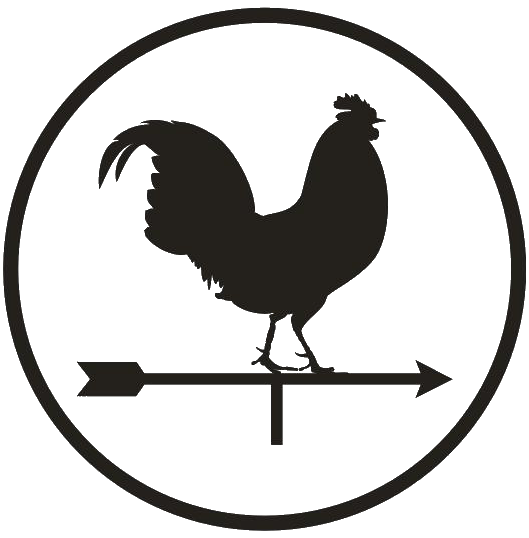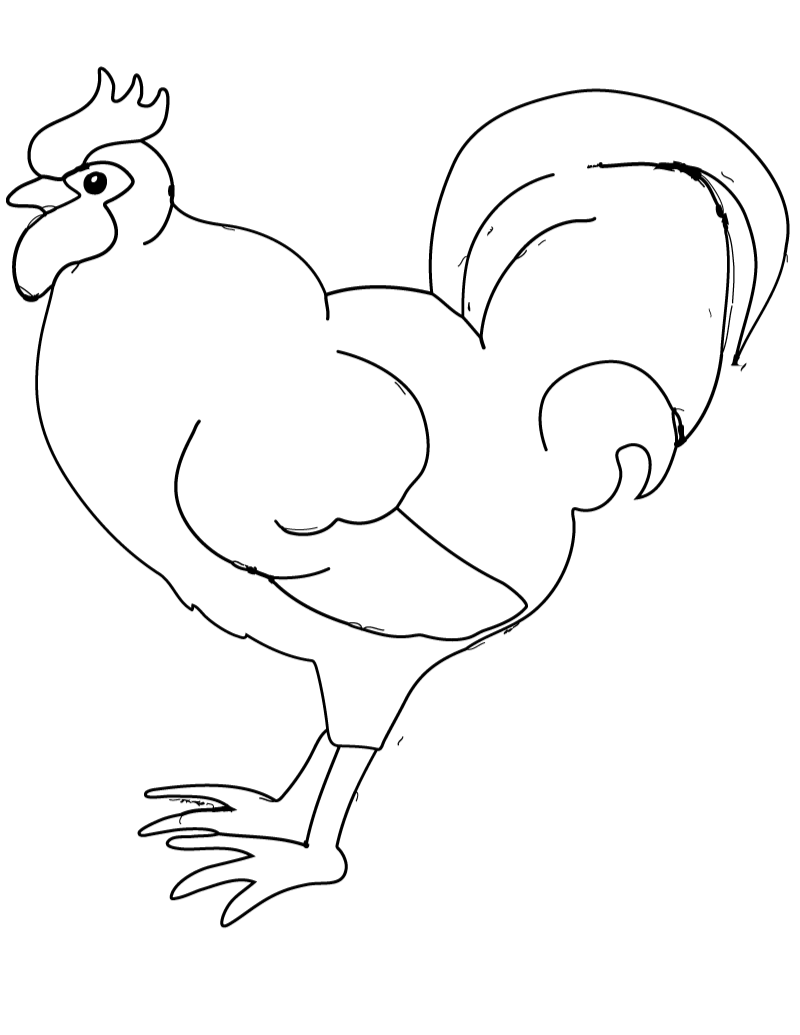Rooster Clip Art
Roosters are the adult male chickens of the domestic fowl species Gallus gallus domesticus. They likely originated from wild junglefowls in Southeast Asia that were tamed and bred by early societies. Selective breeding over thousands of years has produced many varied breeds of today’s chickens. Male junglefowl had the protective, virile and territorial traits that were preferred for breeding strong egg-laying hens, giving rise to the rooster.
Biology of Roosters
The most prominent feature of roosters is the crowing that wakes up farmers from daybreak. Their strong necks house an elaborate vocal organ to produce their loud, raucous crows used to communicate dominance, signal danger, or attract hens.
Roosters also have characteristic red combs and wattles atop their heads which increase blood flow to disperse heat. They have orange or yellow beaks for pecking, sharp spurs on their feet used for defensive kicking and glossy, hard feathers forming a pointed cockscomb and arching tail coverts.
Rooster Behavior
Roosters exhibit behaviors typical of their junglefowl ancestors like an establishing a social order through aggression, guarding territory, foraging into open spaces and constantly assessing for threats.
Within a flock, a dominant alpha male rooster emerges who can mate with females and gets priority in distribution of food. He continues strutting, mounting hens and challenging rivals to fight off other lower-ranking juvenile cockerels. This angry aggression stems from high testosterone.
Rooster Breeds
While most people may be familiar with the Leghorn, there are over 300 breeds of roosters worldwide. Some types include Plymouth Rocks used for meat, Rhode Island Reds and New Hampshire fowls with cold weather hardiness alongside steady egg yields, the small yet feisty Japanese Bantams or extra large Brahma roosters weighing up to 12 pounds.
Roosters within a breed display an array of feather colors and plumage patterns – spikes in Silkies, fluffy feathers in Cochins, black and white spots in Barred Rocks, blinding iridescence in Sumatras and Araucanas that lay blue-shelled eggs.
Rooster Mating
Starting from 18-24 weeks old, a virile rooster is ready to mate and fertilize eggs. Roosters don’t go broody like hens but their reproductive role is key to fertility. They exhibit courtship dances like circling, wing flapping, feather ruffling and then forcibly mount hens for cloacal copulation that lasts just 1-5 seconds!
A healthy rooster can fertilize entire clutches with only infrequent mating sessions. Using his harem of 20 hens, one rooster can easily sire 500 offspring annually! No wonder roosters evolved as symbols of masculinity and virility across histories and cultures.
Rooster Care
For backyard coops, plan for 3 square feet indoor shelter and 8 square feet outdoor run space per adult rooster. Provide starter feed for young roosters with at least 16% protein changing to layer feed/pellets later on. Supply clean, fresh water access at all times.
Roosting bars, dust baths areas and hiding boxes should be available. Check for parasite infestation and injuries from spurs or fighting. Avoid overcrowding as it exacerbates aggressive tendencies. Sufficient space and flock size allows harmonious mingling.
Cockfighting
Cockfighting is an ancient bloodsport that pits roosters to fight in a ring as spectators gamble. Stakes escalate into the hundreds of dollars. The roosters attack each other with sharp metal spurs attached to their feet. They keep going till one dies or sustains critical injury.
Cockfighting persists despite criticism from animal welfare advocates. Defenders consider it an important cultural practice. Today it thrives as an underground illegal sporting activity with myriad traditions like the high stakes knife fights in Peru or “nibong” contests using coconut spikes in Bali.
Roosters in Culture
With their commanding presence and hypermasculine traits, roosters assume symbolic cultural anthropomorphic roles across societies. They appear as solar animals in ancient pan-religious beliefs, getting sacrificed to gods or demonized as embodiments of evil.
Astrologically, Roosters are Chinese Zodiacs – tragic heroes blessed with fortune and devoted to seeking truth. Ancient cave paintings, Native American totems, Indonesian wayang puppets all integrate the rooster in unique ways that provide a window into those civilizations.
Rooster Clipart
Rooster clipart can add a fun, quirky element to any graphic design project. From logos, greeting cards, posters, banners to websites, people use rooster images in many creative ways. Silhouettes work for minimalist style. Colorful, detailed rooster illustrations blend a playful whimsy. Photos lend authenticity to projects with a farm theme.
Some ideas are using rooster clipart to promote organic eggs or poultry brands, farm-to-table restaurants, gardening products to ‘wake up’ flowers or sunrise themes like an early morning talk show or exercise program needing energizing branding.
Keeping Roosters as Pets
While most first-time poultry owners stick to hens, keeping roosters has unique advantages. They serve as great protectors sounding alarm calls and guarding territory against foxes and hawks. They provide entertainment with funny antics, beautiful showing plumage and that iconic cock-a-doodle call at sunrise.
Things to consider are getting the friendly heritage breeds, providing extra space for their active energy and minimizing aggression triggers. Start with chicks allowing them to imprint on you and establish trust. With patience and proper care, even temperamental roosters can become lovable chicken pets.
In this page clipartix present 65 rooster clipart images free for designing activities. Lets download Rooster Clip Art that you want to use for works or personal uses.
